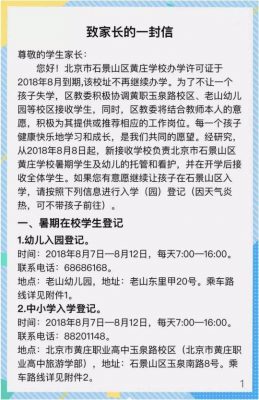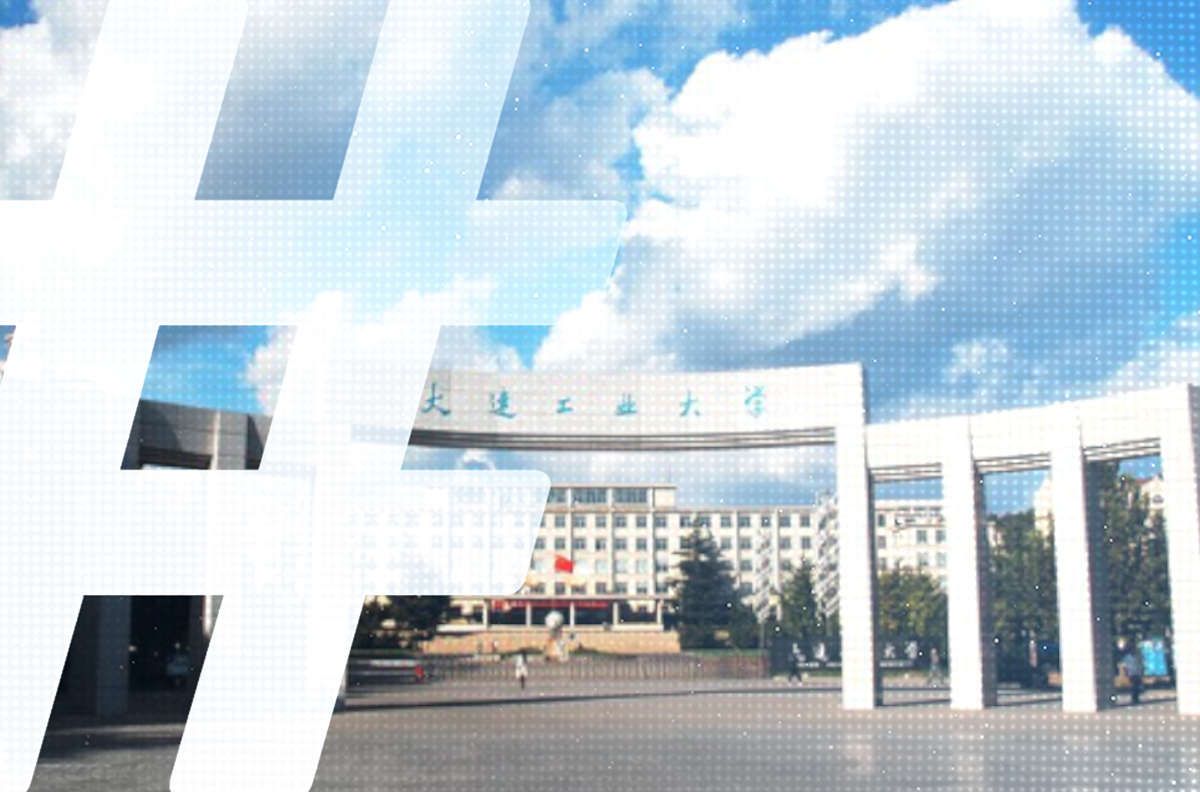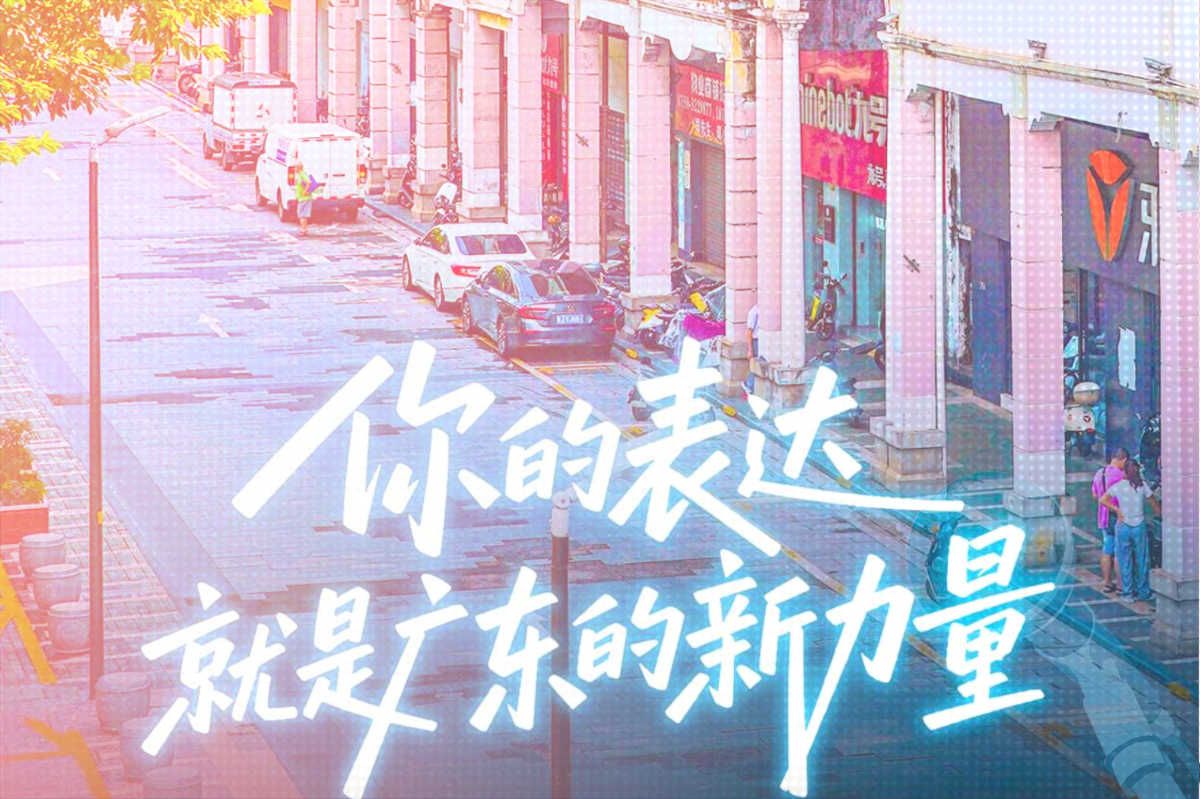Headlines and Hashtags
Migrant School Closure a Weibo Taboo
It has been more than a week since education authorities in the Beijing district of Shijingshan notifed parents through their official WeChat public account that one of the areas oldest and largest migrant schools, Huangzhuang, was to be closed, effectively immediately. The notice, “A Letter to Parents” (致家长的一封信), said the students would be redistributed, but the details of this redistribution are as yet unclear, according to reports from overseas Chinese media. Meanwhile, more than 300 migrant children who were enrolled in a summer program at the school have been shut out, their parents without clear short-term options.
The school’s principal, Chen Enxian (陈恩显), told overseas Chinese media that local authorities had closed the school without prior notification, padlocking the gates and preventing anyone from entering. [Caixin’s August 16 slideshow of photos taken of the empty school grounds.]

Why has the school been closed? According to a report from the Global Times, the company that holds the land said the lease was being terminated due to “illegal” use of the land. Another source told the paper, however, that the land was to be designated as green space. In fact, the school’s closure can be seen as the latest in a series of moves by authorities in Beijing — and in other Chinese cities — to force out migrant workers and their families.
For Huangzhuang, the writing has been on the wall for many months already.
Southern People Weekly, a magazine based in Guangzhou, ran a feature report in January on migrant schools in Beijing that noted that Huangzhuang School had received “verbal notice” back in October 2017 that it had been refused the necessary permits and would have to be demolished. Back in December last year, the New York Times also reported in its coverage of the extended crackdown on the migrant population in Beijing– which included coverage of forced closures of migrant schools — that Huangzhuang School had already been slated for demolition.
The Global Times report mentioned that “the company that holds the land” had pointed to illegalities. But trace the lines of ownership and you quickly realize that “the company” is simply the local government’s hand at work.
Back in January, theSouthern People Weekly report noted that Huangzhuang’s lease was with the Huamu Branch Company of Beijing Jindu Gardening and Forestry Corporation (北京金都园林绿化有限责任公司花木分公司). Beijing Jindu Gardening and Forestry (北京市园林绿化集团有限公司) is operated in turn by Beijing Landscape and Forestry Group (北京城建集团有限责任公司) — a link noted clearly on the group’s “About” page. And who runs Beijing Landscape and Forestry Group? Its single shareholder is the People’s Government of Beijing.
The group’s legal representative is its CEO and Party branch chief, Chen Daihua (陈代华), who in this 2016 interview appearing on Beijing’s city government website made clear that in the early 1980s the group was originally the Beijing Command of the Infrastructure Engineering Corps of the People’s Liberation Army (中国人民解放军基建工程兵北京指挥部), and was restructured in 1983.
Understand these connections behind the story of the fate of Huangzhuang School, and by extension the fate of migrant workers in the capital, and you understand why this story is regarded as sufficiently sensitive by the authorities to warrant censorship of discussion on social media.
The following are two examples of related posts on Weibo that were removed yesterday:
2018-08-20 14:54:08 | Beijing’s largest school for migrant children has been closed, but the question left in its wake: what will these 1,800 children of migrant workers do? How will the city authorities manage the aftermath? This is the question that will test the level of city management. I just saw a comment from a web user that said: ‘How can a city as big as Beijing not accommodate 1,800 migrant children? . . . . They seem so desperate.’ I was talking with a local person yesterday, and he said: ‘Beijing people are the most desperate; if migrant workers can’t make it, they can return home, but where do Beijingers go? . . . Full Text: http://m.weibo.cn/1306014463/4275105527914554
2018-08-20 14:54:08 | 北京最大打工子弟学校关停,而遗留问题是,这1800名外来打工子弟孩子怎么办? 城市管理者如何善后解决,这是考验一个城市管理的水平。 刚看到网友评论:偌大个北京城,竟然容不下这1800名外地孩子……听上去很惨。 昨天我跟本地人聊天,他说:北京人最惨,外地人大不了回家,北京人回哪? 外来务工人员…全文: http://m.weibo.cn/1306014463/4275105527914554
2018-08-20 13:55:56 | 【Beijing’s Largest Migrant School Closed / Has 20-Year History】The Hengzhuang School located in Beijing’s Shijingshan District has a 20-year history as a school, and the vast majority of the school’s students don’t have Beijing residency permits. Now, over a dispute over land-use, the inability to renew its education permit and other problems, the school has no way to continue operating. And now, 1,800 migrant students face the tough alternatives of either returning to their hometowns or falling through the cracks. The teachers will either lose their jobs or be redistributed. Full text: http://m.weibo.cn/1887344341/4275094890800576
2018-08-20 13:55:56 | 【北京最大打工子弟学校关停 拥有20年办学史】位于北京市石景山区的黄庄学校有着20年的办学史,学校绝大部分学生都没有北京市户口。日前,由于用地纠纷、办学许可证无法换新等问题,校址不再具备继续办学条件,1800名打工子弟面临着回老家或接受分流的两难境地,教职工也在失业或接受分配中抉择。7月,…全文: http://m.weibo.cn/1887344341/4275094890800576






















